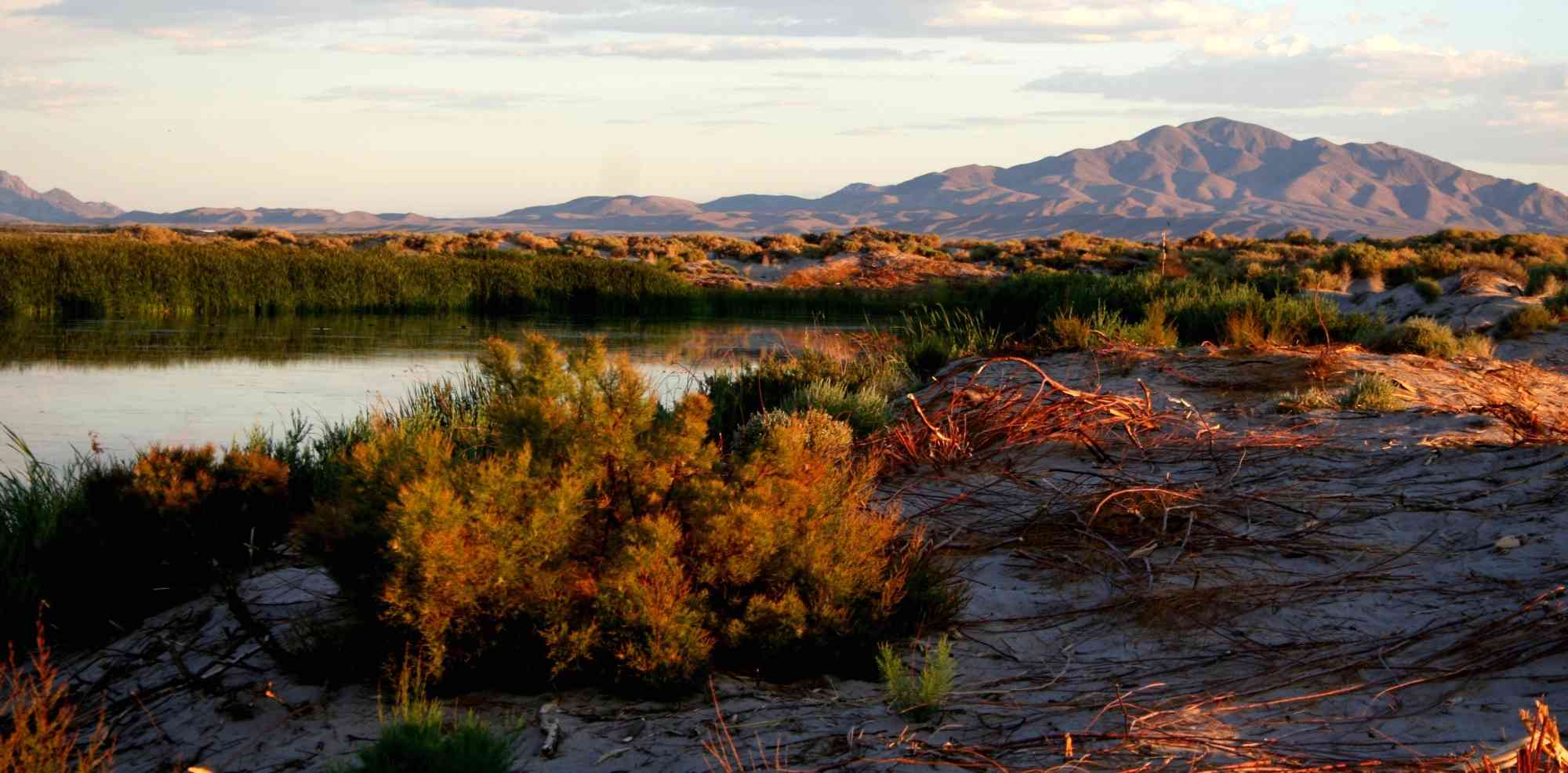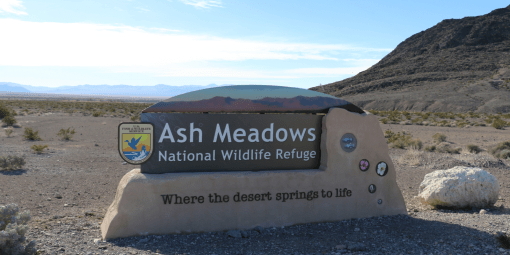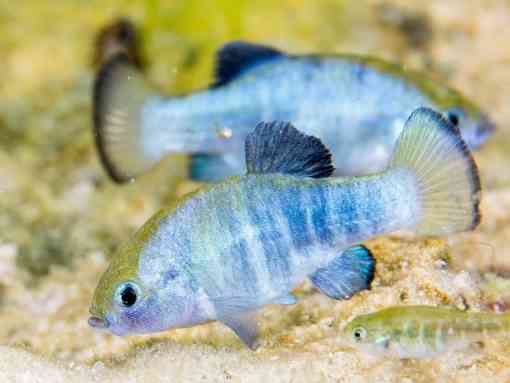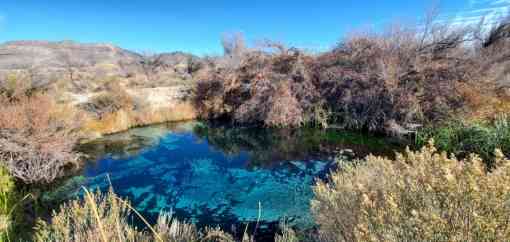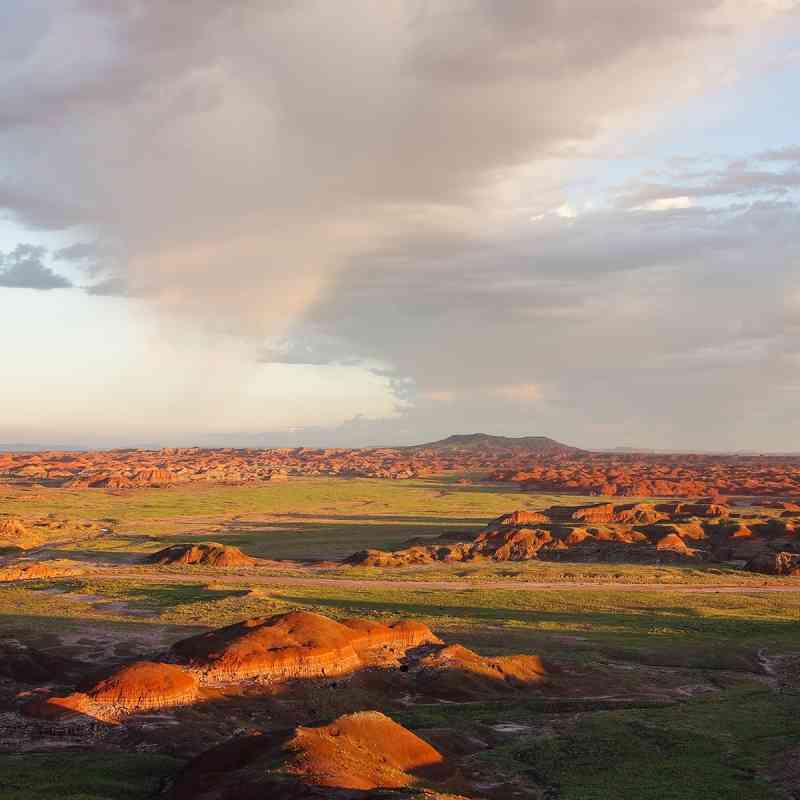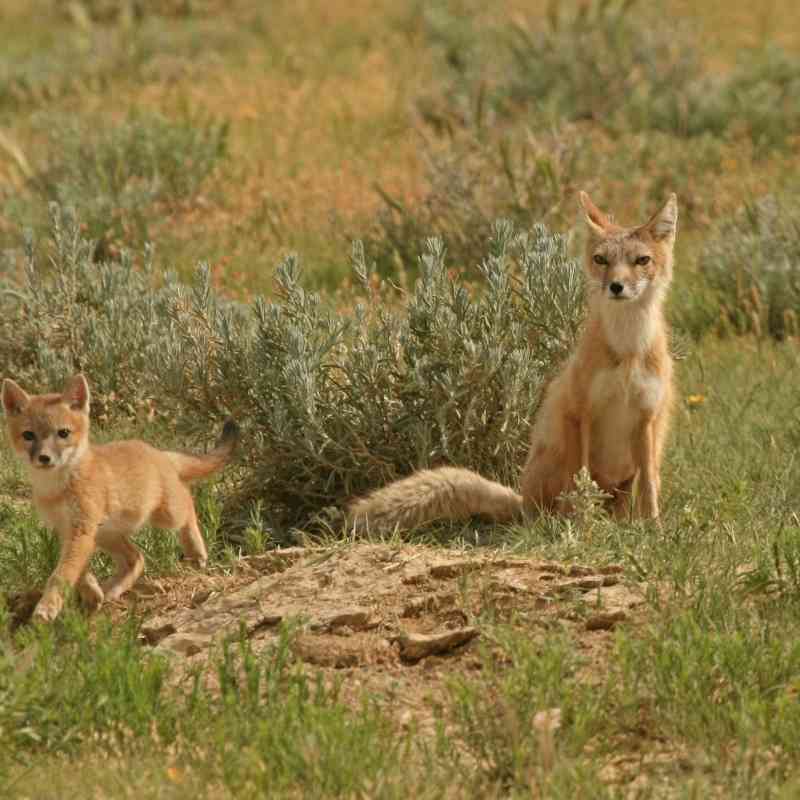The Past and Future of Ash Meadows National Wildlife Refuge
In southern Nevada, there is a fragile oasis in the driest desert in the U.S. Its spring-fed pools and streams allow life to flourish in an otherwise harsh environment and support a record number of species found nowhere else. Ash Meadows National Wildlife Refuge was created to protect this unique ecosystem from planned development that could have destroyed it. Now the refuge faces a threat to its life-giving waters from outside its borders: a proposed lithium mine.
The Invisible River
Ash Meadows lies in the path of a mostly invisible river. From its headwaters to its outlet at Badwater Basin in Death Valley National Park, the Amargosa River flows 175 miles mostly underground. It is sometimes called the “Hide and Seek River” because it surfaces at only a few locations — including Ash Meadows — before disappearing again. The springs of Ash Meadows make it the largest remaining oasis in the Mojave Desert, the water for which is supplied by an aquifer that was filled during the last ice age. Indigenous people have lived along the Amargosa River’s course since that time, including the Southern Paiute (Nuwuvi) and Timbisha Shoshone (Newe) Tribes for the past several thousand years.
A History of Exploitation
Before Ash Meadows became a refuge, its environment was damaged by human activities. Peat harvest destroyed 2,000 acres of wetland habitat. Cattle were brought in and streams were diverted into concrete channels and reservoirs. The pumping of groundwater to maintain the cattle caused water levels in the springs to drop. Non-native species like crayfish and bullfrogs were introduced. Some combination of these factors caused the extinction of at least one species, the Ash Meadows killifish. A 20,000-lot resort community proposed for the area would likely have resulted in more lost species, but this threat prompted the U.S. Fish and Wildlife Service, working with The Nature Conservancy, to acquire the property and add it to the National Wildlife Refuge System.
Saving the Wildlife of Ash Meadows
Ash Meadows National Wildlife Refuge was established in 1984 under the authority of the Endangered Species Act. Its purpose was also derived from the ESA: “...to conserve…fish or wildlife which are listed as endangered species or threatened species...” Ash Meadow’s springs have created a hotspot of biodiversity, containing at least 26 endemic species, meaning they do not occur anywhere else on Earth. This is more than any other refuge or any area of similar size in the U.S.
Of the endemic species, four fish are listed as endangered and eight plants are listed as endangered or threatened. One of the endangered fish is the Ash Meadows Amargosa pupfish. This plump, silvery fish grows no more than three inches long and feeds on algae and small invertebrates. Pupfish were named after the movements of territorial males, which reminded some of the playful behavior of a puppy. Most of the spring systems in the refuge are designated as critical habitat for this species.
The riparian vegetation growing near the springs also supports migratory birds like the endangered least Bell’s vireo and southwestern willow flycatcher.
A New Threat in the Form of a Lithium Mine
As a refuge, Ash Meadows is protected from uses that would undermine its purpose of conserving listed species and their habitats. However, the reliance of those habitats on an underground river that crosses refuge boundaries leaves them vulnerable to activities outside the refuge. The refuge is surrounded by land managed by the Bureau of Land Management and an 1872 law makes this land available to mining.
In early 2023, a mining company submitted a notice to BLM that it would conduct exploratory drilling for lithium just north of the refuge. Some of their proposed boreholes are only a few hundred feet from the refuge’s boundary. This area is upstream of Ash Meadows in the path of the groundwater flow. The mining company has acknowledged the boreholes would likely encounter groundwater, raising the possibility they could interfere with the supply of water to Ash Meadows. A feature not far from the refuge known as Borehole Springs was created by similar drilling that caused an unstoppable groundwater leak. If a leak like that happened in this case, it could deplete the springs’ water at Ash Meadows and gravely threaten the species depending on them.
Hope for Ash Meadows
A quirk of BLM’s regulations would have allowed the drilling to proceed with no environmental review. However, Defenders of Wildlife joined the local group Amargosa Conservancy and other organizations to advocate for BLM to treat this project differently. Thanks to the efforts of the coalition, the potential impacts of the proposed mining activity will now be analyzed in accordance with the National Environmental Policy Act, commonly referred to as NEPA. BLM has also agreed to consult with the FWS, as required by the ESA, to determine whether the project could jeopardize the survival of any listed species.
We will stay vigilant as these processes play out and continue to make the case that the mine should not be approved. We are also seeking a mineral withdrawal of the BLM lands surrounding the refuge in an effort to close those lands to any new mining claims. Ash Meadows is too sensitive and unique to put at risk. The refuge is more than lines on a map; its underground river connects the refuge to the landscape beyond. We must not ignore threats to the water just because it is hidden from view.
Join us in asking Congress and the administration to support a mineral withdrawal to protect Ash Meadows today!
Author

Nathan Marcy
Nathan joined Defenders in 2022. He works to protect wildlife and their habitats by advocating for
comments
Wildlife & Wild Places

